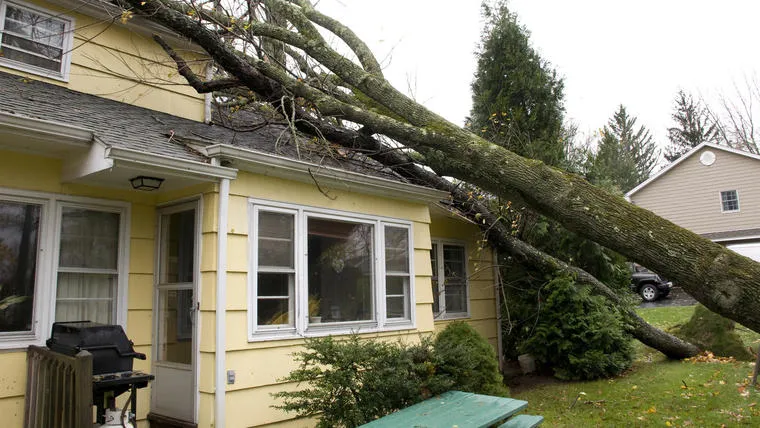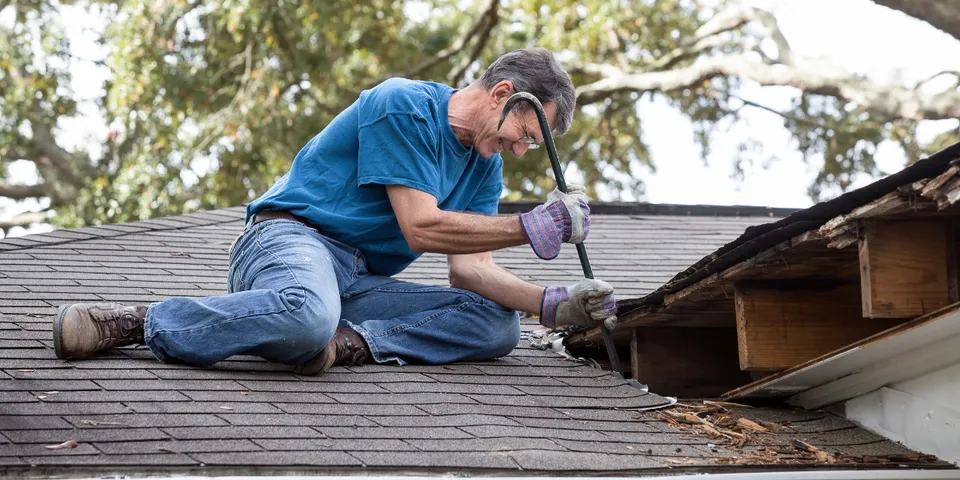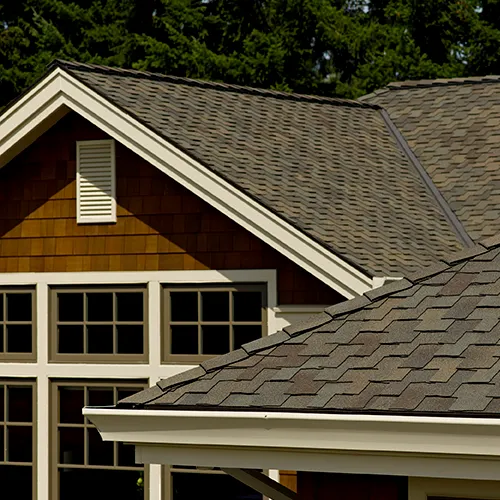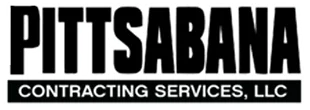Even though roofs are not hurricane-proof, it is necessary for the homeowner not to forget the threat they pose each season. The Environmental Protection Agency (EPA) research shows that hurricanes tend to get stronger and as a result will cause more damage and affect more people. Look for a reputable roofing contractor to guide you in preparing for initial and basic maintenance tasks, given the importance of caring for and maintaining a roof in good condition.
How hurricanes impact roofs
The Saffir-Simpson hurricane wind scale provides estimates of potential property damage. All hurricanes produce threatening winds. Category 3 and above hurricanes, which are major hurricanes, can cause devastating or catastrophic wind damage and significant loss of life simply due to the strength of their winds. This requires homeowners to take all appropriate safety precautions to safeguard themselves including evacuation of the area.
Some roofs survive the threat of hurricanes intact, others suffer considerable damage, including some roofs, depending on the magnitude of the hurricane, parts of which are blown off. Protecting your roof from hurricanes has to do with performance factors that ensure that the roof has a higher degree of durability under the conditions it will be exposed to during its lifetime, these factors are related to the preparation that are under your control:
Roof design: The 7:12 pitched hipped roofs better withstand the pressure that air exerts on the roof.
Structural connections of the house: Roofs with solid structures that are well connected to the rest of the building can suffer from the force of the wind because instead of hitting downward it hits the roof from the side which involves large portions of water directed onto the roof for a long time. Also the vulnerability it causes to the surrounding environment such as falling branches or whole trees in combination with falling debris can cause costly structural damage to the roof and external areas of the house.
Materials: These involve a major challenge for the proper design of roofing systems to withstand hurricane incursion, any small gaps between flashing, missing shingles, or holes in the roof can allow water to enter the house, wind can tear off pieces of the roofing material, resulting in the lower deck of the roof being exposed and water leaks.
Insurance Policies: In addition to good construction practices that help you minimize risk and better protect yourself from the challenges of hurricanes. Obtaining additional insurance policies that cover hurricanes and flooding will help lower your costs in the event that a hurricane destroys your roof.
Have your roof inspected before hurricane season
Being prepared is the quickest response to an emergency. Regular inspections and the use of high quality products will help you deal more safely with potential difficulties or threats. Before the arrival of hurricanes or bad weather, it is important to request the services of a professional roofer to check problem areas or areas prone to damage, such as damaged flashing, loose or broken shingles, eaves that are very vulnerable to damage, possible water leaks. Among the recommended materials we suggest the use of high performance asphalt shingles that prevent nails from lifting and provide greater protection from wind uplift. Asphalt cement for use under roof edges, ridge caps and under shingle tabs. Synthetic underlayment that helps keep out the elements and stays firmly attached to the roof deck in case the shingles break and prevents water from penetrating the roof deck. Water and ice barriers are created so that the roof is protected where water seeks to store or run off.
Look to your trusted builder for advice, support and a quote to professionally and responsibly solve your problem. If you’re in the market for new roofing in Bethel Park PA, turn to Pittsabana Contracting Services LLC. This local roofing company employs team members who are certified by CertainTeed and committed to delivering premium service on every job, from repairing storm-damaged commercial buildings to fully replacing residential roofs. Call (412) 580-6567 to speak with a friendly staff member to schedule service or visit the website to learn more about how they’ll help you.






